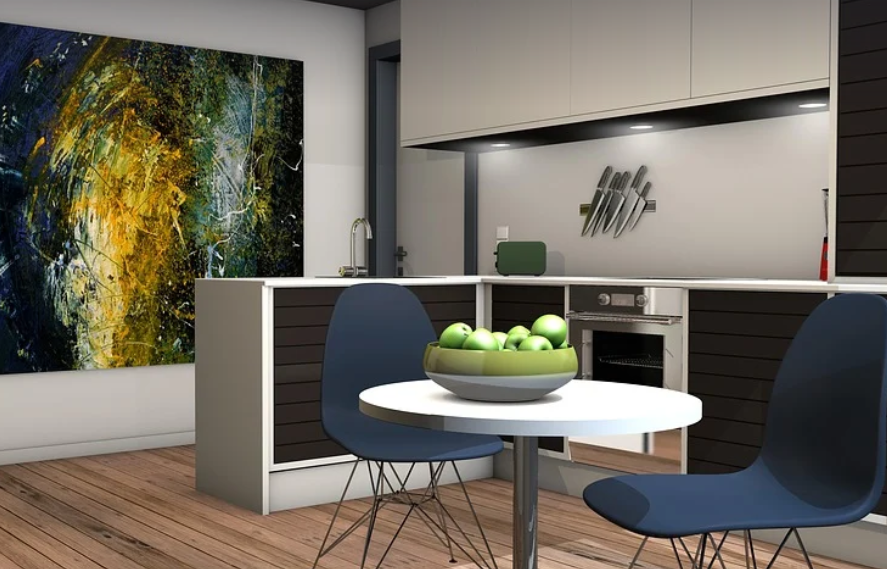
Student Exploration: Ray Tracing Lenses
What are ray tracing lenses?
Imagine you’re looking at a painting, and suddenly the colors seem to shimmer and pop off the canvas. That’s where ray tracing comes in – and it sounds more complicated than it really is! Ray tracing is like a magical trick that helps us visualize light in amazing ways.
In simple terms, ray tracing is about mimicking how light behaves in our world. When we look at something shiny or curved, light bounces around – sometimes reflecting off surfaces, sometimes bending through them, and sometimes passing straight through others. Ray tracing lenses do this! They understand the physics of light and use complex calculations to create a more realistic image.
The cool thing about ray tracing lenses is that they can simulate how light interacts with different materials. This means we can see how light behaves in various environments, from sunny days on a beach to a dim room lit by a single lamp. We can even experiment with different colors and textures!
So, what makes a lens “ray tracing”? Well, for starters, it has special software or algorithms built into it that analyze how light interacts with different materials.
You might be thinking, “But why would I need this?” Well, there are plenty of reasons. Ray tracing lenses can help us understand complex optics and design better cameras, telescopes, and even medical devices!
Why use a ray tracing lens?
Beyond the science behind it, using ray tracing tools opens up a world of possibilities for students who want to explore the mysteries of light. It helps them grasp the concepts of refraction, reflection, and absorption on another level.
Imagine yourself as an aspiring photographer or filmmaker! You could use a ray tracing lens to experiment with different lighting setups, learn about camera lenses, and even create unique artistic effects. You’ll see how your work can have a more realistic feel due to the accurate representation of light!
Ray tracing lenses are perfect for anyone interested in 3D modeling or animation! They allow you to visualize complex light paths and create stunning renders. You can experiment with different materials, textures, and lighting conditions to bring your artistic vision to life.
Exploring the possibilities
There’s a whole world of learning waiting for students who explore ray tracing lenses! Here are some exciting ideas:
- Create a simulation of a sunlit scene. Try using a clay model or drawing to represent different objects and see how light interacts with them.
- **Build your own “ray tracing” camera. Use a simple camera and try capturing images that show how light behaves around objects in different environments.
- Simulate the movement of stars across the night sky. Create a digital model of a star field using ray tracing techniques and learn about celestial mechanics along the way.
The possibilities are endless. By experimenting with these tools, students can gain valuable insights into the world around them and unlock their creative potential. Remember, learning should be fun!
Let me know if you’d like more information on any of these ideas or want to explore other aspects of ray tracing lenses.